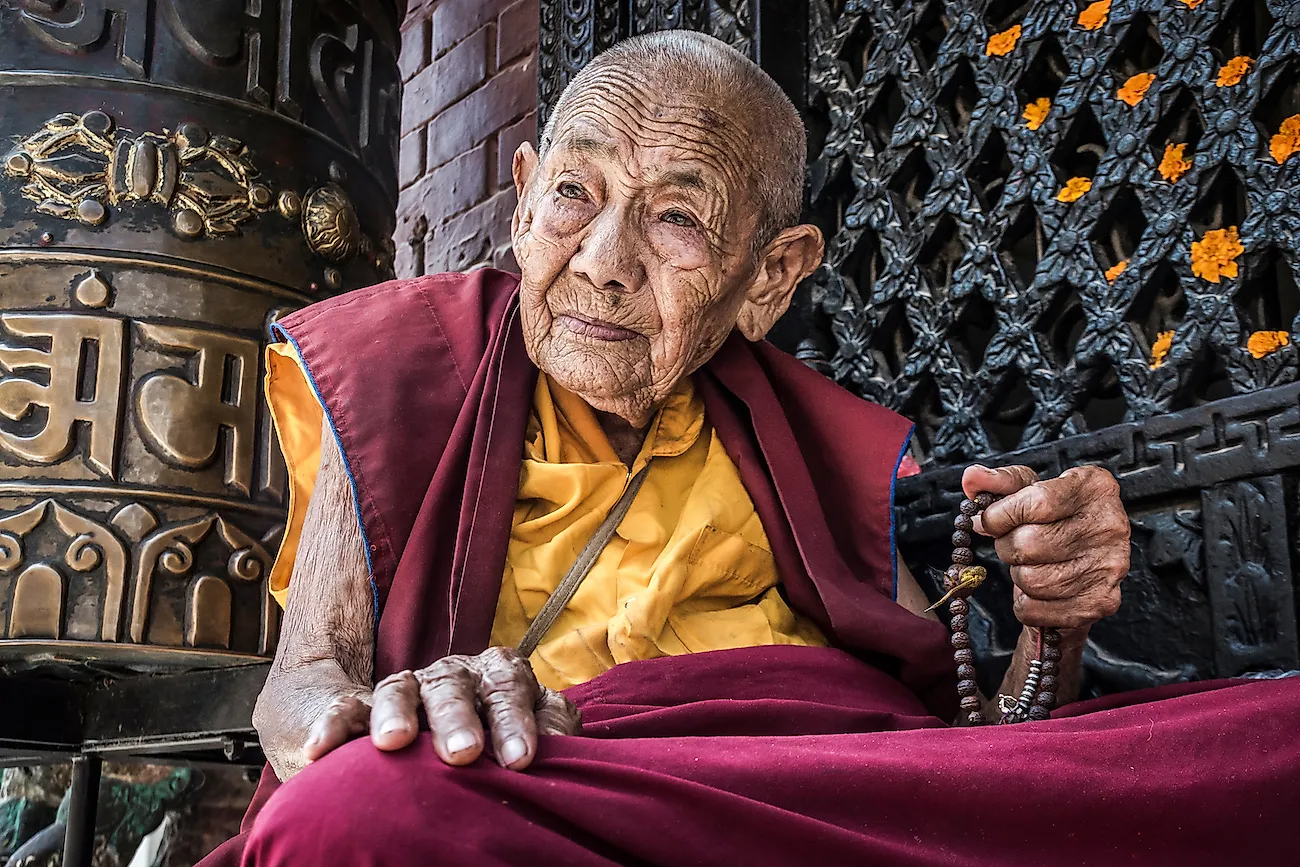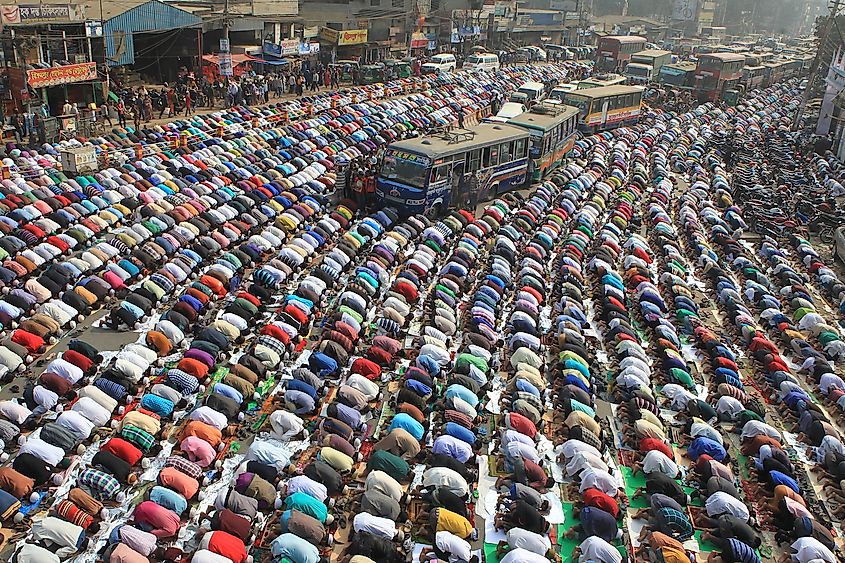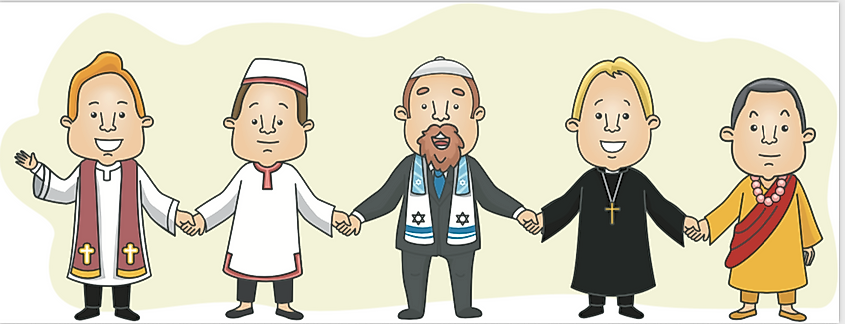The World's Youngest And Oldest Major Religious Communities

- As per projections, while the world population will grow by 32% between 2015 and 2060, the Muslim population will increase by 70% within this time span.
- Buddhism is projected to suffer heavily and experience a loss of 7% of the population between 2015 and 2060.
- The world’s Christian population will grow but only by 34% between 2015 and 2060. This growth will primarily be concentrated in sub-Saharan Africa.
A younger workforce is often a big boon to a country’s economy. Similarly, a younger population of followers is also of great advantage to a religion. It means that the religion has a higher potential to grow than those with an older population of adherents. A younger population means more children in the future adhering to their parents’ religious beliefs adding to the number of followers of a religion. In this article, we take a look at the median age of adherents of the major religions of the world and learn how this age factor will influence the growth of these religions in the coming decades.
The Religious Composition Of The World
According to a Pew Research in 2015, Christians were the biggest religious group in the world accounting for 31.2% of the global population. Next came Islam with its followers representing 24.1% of the total population. Hindus, Buddhists, and practitioners of folk religion made up 15.1%, 6.9%, and 6% of the global population respectively. A large section of the population also claimed to be not affiliated to any religion and they accounted for 16% of the total world population.
Median Age In Relation To Growth Of Religions
The religious composition of the world is set to change by the middle of this century if the given trend continues. A major alteration would be Islam possibly replacing Christianity as the world’s biggest religion. The median age of the population would be a vital factor in driving this change along with other factors like fertility rates. The table below represents the median age of major religious populations. The data has been sourced from Pew Research Center's demographic projections.

The world’s Muslim population has a median age of only 24, the lowest of all major religions. This means that the low median age coupled with the high fertility rates of Muslim women (2.9 children per woman) will allow the Muslim population to grow tremendously in the coming times. As per projections, while the world population will grow by 32% between 2015 and 2060, the Muslim population will increase by 70% within this time span.
With a median age of 30, the world’s Christian population will also grow but only by 34% between 2015 and 2060. This growth will primarily be concentrated in sub-Saharan Africa while that in Europe and North America will be much lower.
With a median age of 27 that is lower than the global median age, the Hindu population of the world will also grow but by only 27% as the fertility rate of this population of 2.3 children per woman is lower than that of both Christians (2.6) and Muslims (2.9).
The Jewish population with a high median age of 37 and a fertility rate of 23 is expected to grow by 15%. The ultra-Orthodox Jews will primarily contribute to this population growth due to their higher birth rates.
Buddhism is projected to suffer heavily and experience a loss of 7% of the population between 2015 and 2060. The religion has a high median age of 36 and fertility rates too low to sustain the population.
Also, although the religiously unaffiliated people contribute to 16% of the global population, they will experience much slower growth as they have low fertility rates and high median age of 36.
Consequences Of Change In Global Religious Composition

Religion has always played a major role in driving the sociopolitical changes in the world. Wars have been fought for religion. Genocides, persecutions, and forced conversions have occurred. As mentioned above, the religious composition of the world will change in the coming decades and that will trigger new issues and power struggles. The dominant religion of a country often dictates the societal and cultural norms in the country which are bound to vary with alterations in the religious landscape. Sometimes such changes will also be reflected in the laws of the country.
World's Major Religions By Median Age Of Population
| Rank | Religion | Median age of population adhering to the religion |
|---|---|---|
| 1 | Jews | 37 |
| 2 | Buddhists | 36 |
| 3 | Unaffiliated | 36 |
| 4 | Other religions | 34 |
| 5 | Folk religions | 34 |
| 6 | Christians | 30 |
| 7 | Hindus | 27 |
| 8 | Muslims | 24 |











